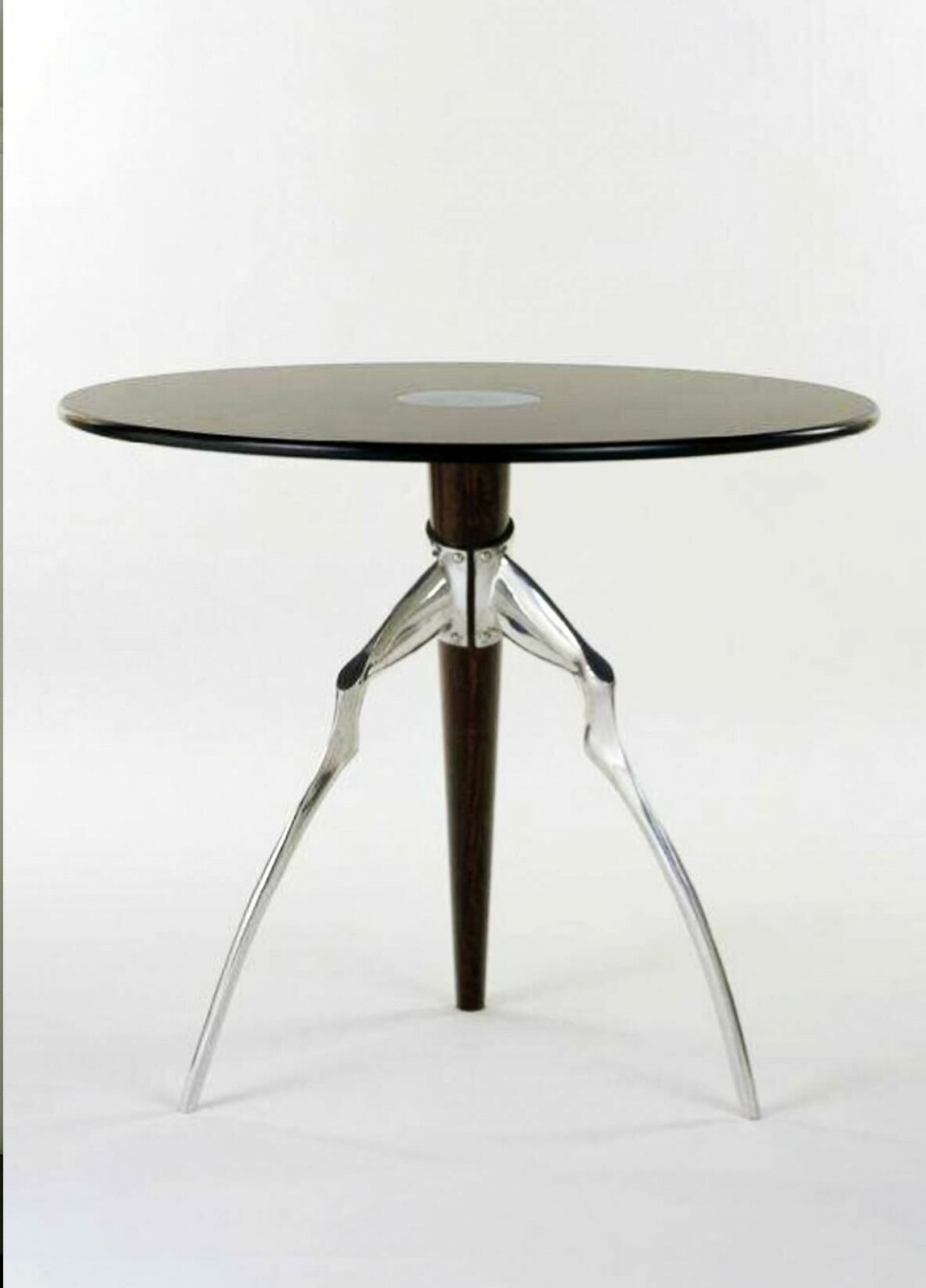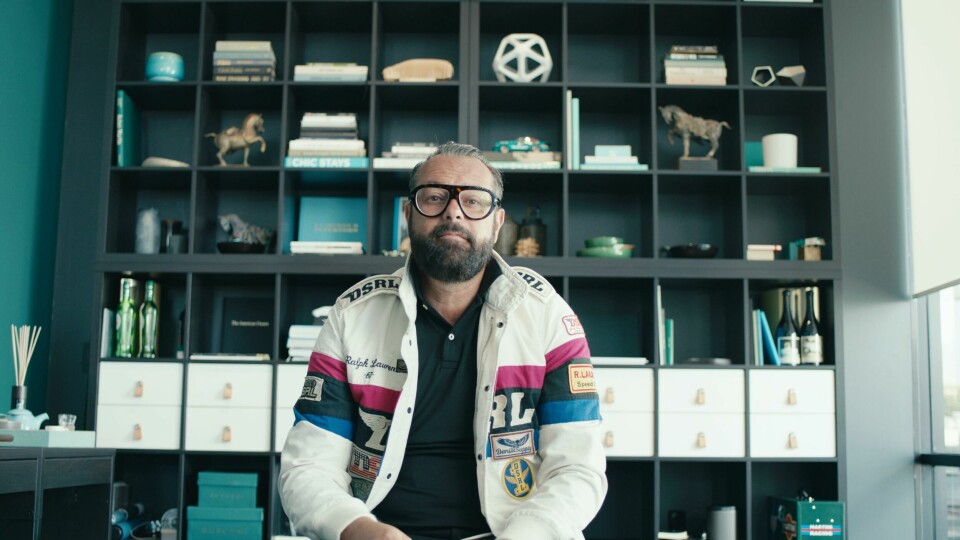
My Life in 5 Objects: Pontus Fontaeus
In the first of a new series, Pontus Fontaeus, design director at the GAC Advanced Design Centre in Los Angeles, cherry-picks five design objects that sit close to his heart
Vase No 54:
Unknown artist/manufacturer
First out is a vase that I won at the Salone de Mobile in the late 90s when I visited the fair on behalf of Renault Design. There was a company that displayed 100 vases, each one unique and numbered. If you could, from a fairly long distance, throw a Ping-Pong ball into a vase, you could keep it! There was only one vase for me; I aimed and got so lucky. Vase number 54 is now in our home, but alas, I have forgotten the name of the manufacturer and its stall…
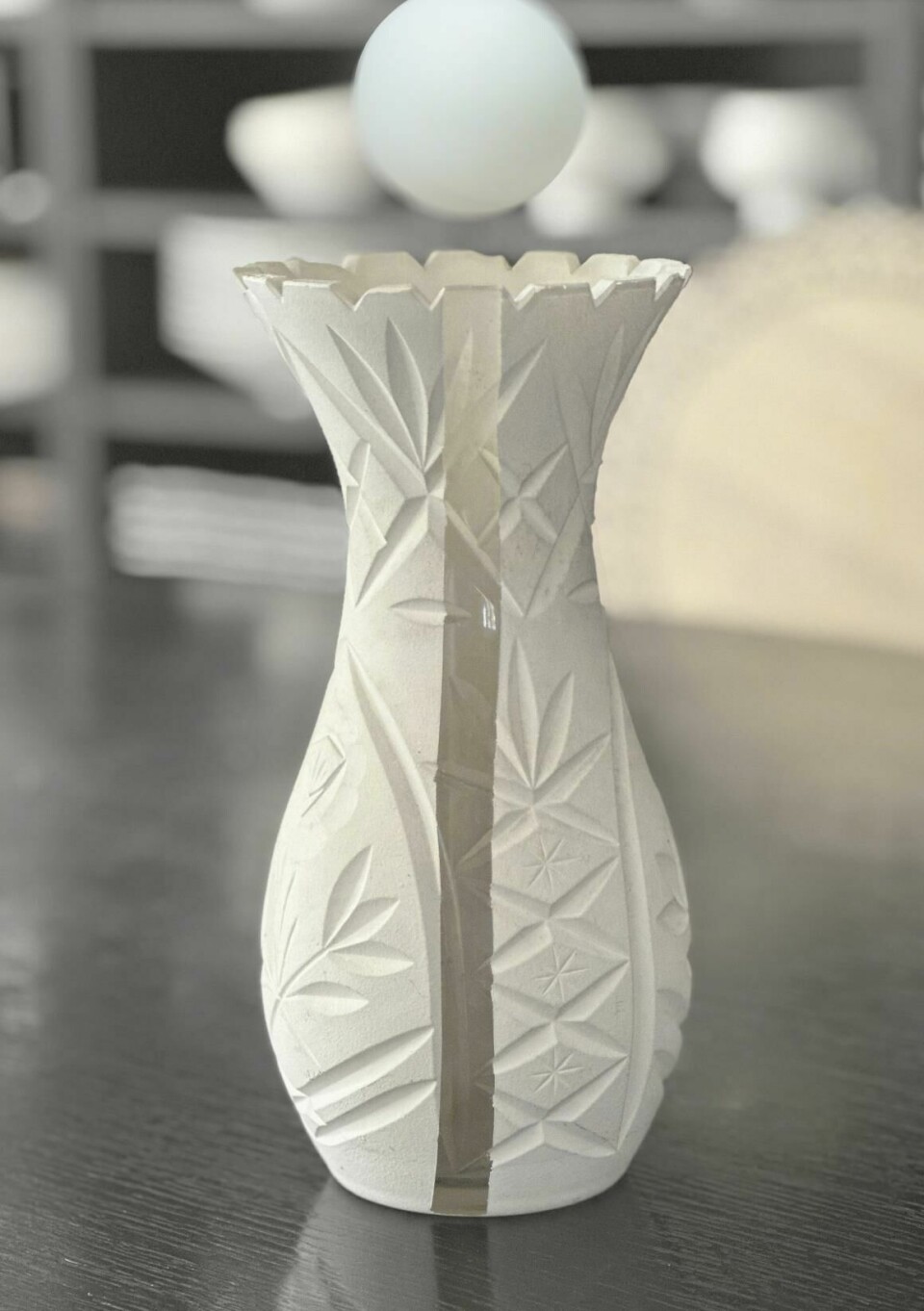
Tatlim Chair:
Tatlim by Marco Mencacci from Sawaya & Moroni, Milan
My wife and I purchased this one as a wedding present to the both of us, 30 years ago, from a good friend who represented many distinguished designers such as Ron Arad, Marc Newson and Thomas Sandell.
The chair has been with us in every country where we have lived, so it has moved around around this planet a fair bit. It has also suffered its share of damages on its way; I forgot a magnifying glass on it in the strong sun of Spain. A heavy-set Frenchman sat on it in Paris and broke one of its legs during a dinner thanks to free-flowing champagne and aperitifs. Our cats have scratched it, the chair has fallen to the ground plenty of times and the intricate wooden lace mat, a doily, made from wood, got its fair share of chips.
We jokingly say it is like Oscar Wilde’s famous novel, “The Picture of Dorian Gray”, where in our case, the chair has accumulated visual scars and blemishes over time while our marriage seems, at least from the outside, as pristine as the day we met. A little cheesy? Why not!
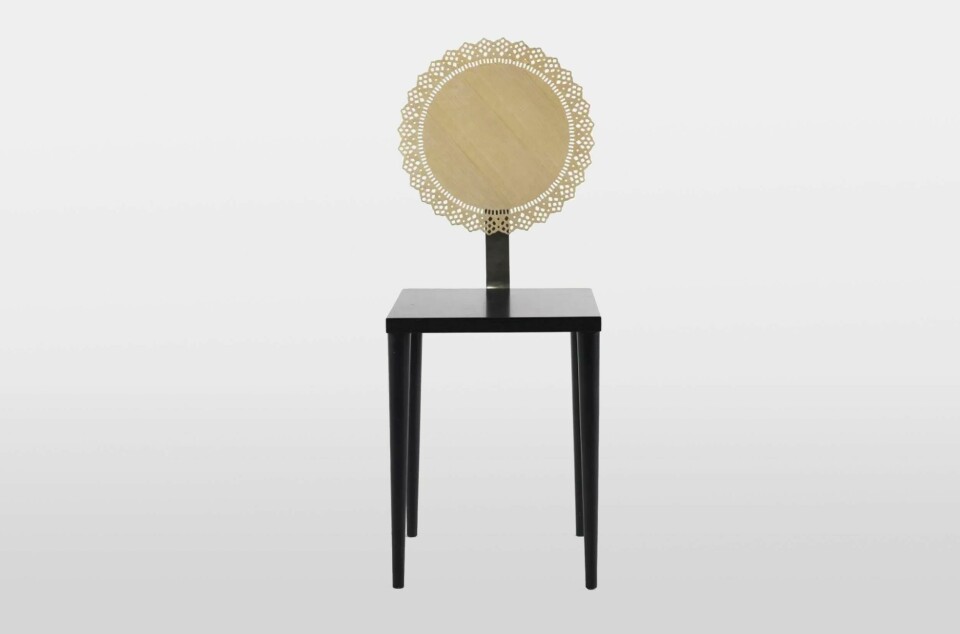
DCE Architectural Model:
This is the scale model of the legendary Design Center Europe, Grupo VW. The DCE opened in 1994 and closed its doors 2004. This particular model was hidden away in the technical room, dusty and neglected when I started there in 2001.
When Walter da Silva took over the “South alliance” of VW Design, Seat, Audi, Lamborghini et cetera, and moved into DCE there was a big clean-up. Leaving work, I saw the lovely cleaning lady Carmen throw the model into the big dumpster outside. I asked her why? And she replied it was orders from the top!
I obviously thought it was a shame to treat it as junk and salvaged it from destruction. Someone had nicked the protective plexiglass display, and the model was missing some palm trees. Many years afterwards I got the opportunity to renovate it through a new friend, an awesome clay modeler that I met in 2012 while designing the Next Gen Scania trucks interiors.
He had earlier worked doing architecture models for the best company in Sweden. Cue new palm trees from the top tier manufacturer in England, new cars, new windows, a refresh of the paint and a custom-made plexi canopy on top. Money was exchanged and gratitude was expressed.
In hindsight, I am very happy I saved this incredible model and it is an important souvenir of one of the highlights in my design career. Working in an amazing place on the sunny coast of Spain. And some of the best professionals I ever had the privilege to work with.

Clay Sculpture Horse Head:
Artist unknown. Anno 1994
On my first job as a car designer, I had the great opportunity to start working for GM’s Opel design studio; so many fantastic people there that I learned so much from. I consider your first employer to be super important because they are the ones that take the risk in a young designer. And the opportunity you will have learning from the people around you is significant for your future.
One day I came to the studio, and this talented British clay modeler (how have I forgotten his name, too!?) was doing these beautiful clay sculptures of horse’s heads while waiting for input. As an old equestrian and born in the Year of the Horse, I obviously asked if he could kindly commission one for me. Now, 30 years later, it too has travelled the globe, in many different climates and temperature zones, and still intact!
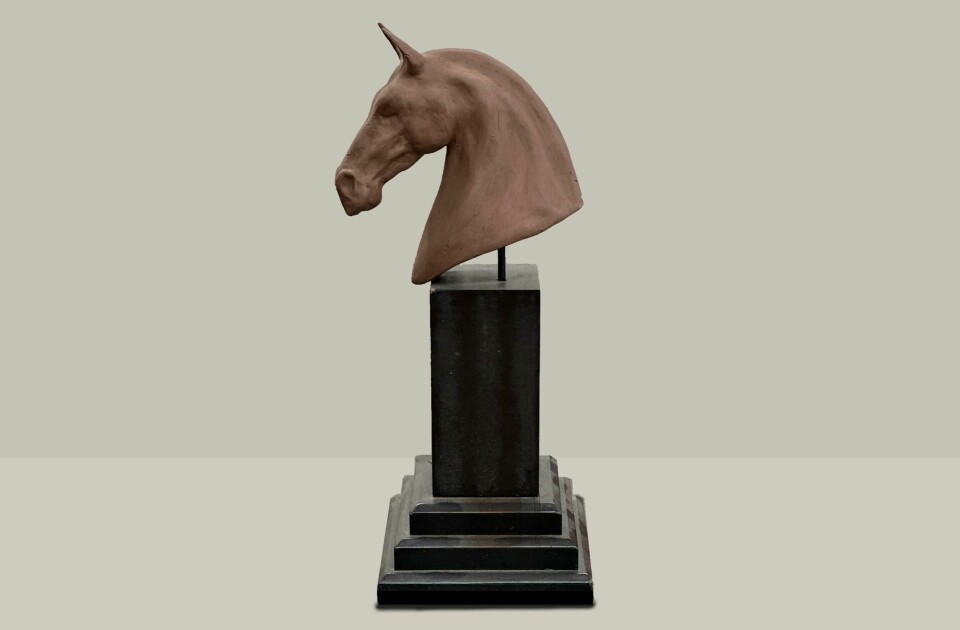
Antelope Table limited edt. No. 57:
Matthew Hilton, SCP Ltd, London
I got this in 1988 from the same friend that I purchased the Tatlim chair from. This is also the first of the many objects I have from animals like horns, antlers et cetera.
This table takes its name from the cast aluminium legs that look like the rear legs of an antelope. The third leg is made of turned sycamore and together the legs make a contemporary version of a traditional tripod. The designer was Matthew Hilton, who produced many such zoomorphic designs in the late 1980s. He originally designed this table for a private client who had seen some of his cast aluminium candlesticks and wanted a piece of furniture with the same character.
SCP Ltd made this example. The lustrous dark-stained top is in fact made of MDF, a cheap and readily available material. However, combined with the sparkling metal legs and the polished stainless-steel insert, the inexpensive top makes the table look very luxurious.; it has been exhibited at Victoria and Albert Museum as part of their collection.
